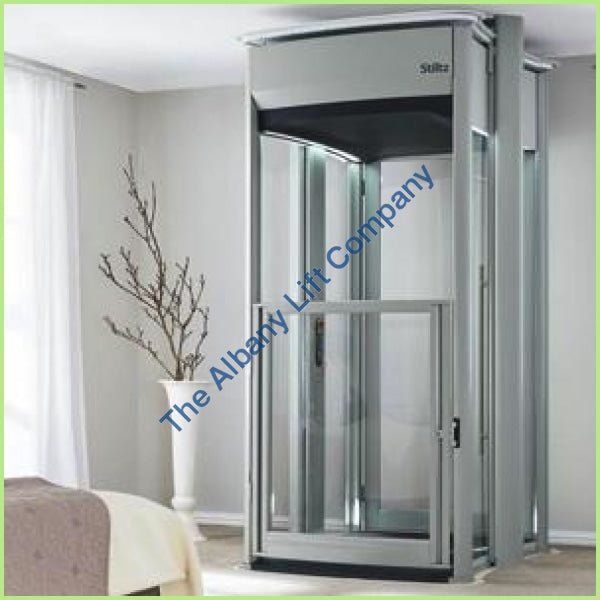Locate Trusted Lift Repair Near Me for Fast and Affordable Service
Locate Trusted Lift Repair Near Me for Fast and Affordable Service
Blog Article
Exploring the Globe of Lifts: Usual Concerns Faced by Numerous Lift Systems
As we browse with the upright transport systems of contemporary structures, elevators attract attention as a vital component of our day-to-days live. However, behind their seamless procedure lies a world of detailed systems that can occasionally experience challenges. From hydraulic elevators to traction systems and machine-room-less layouts, each lift type includes its collection of common problems. Understanding these challenges is vital for making sure the smooth performance of these important systems. Allow's discover the complexities that underlie the procedure of lifts and the possible concerns that can develop, shedding light on the elaborate internet of lift devices.
Hydraulic Elevators
Hydraulic elevators, usually preferred for low-rise structures, use fluid pressure to regulate the movement of the elevator cars and truck (lift repair companies). This device includes a hydraulic pump pushing oil right into a cyndrical tube, triggering the elevator to move in the desired direction. While hydraulic elevators are known for their smooth and silent procedure, they do include their own set of usual problems
One prevalent trouble with hydraulic elevators is oil leakage. In addition, issues with the control system, such as malfunctioning valves or a malfunctioning pump, can cause disruptions in the lift's motion.
Normal upkeep and timely repair work are vital to guarantee the smooth performance of hydraulic lifts. By resolving these common concerns proactively, building proprietors can reduce downtime and make certain the security and effectiveness of their upright transport system.
Traction Elevators
When thinking about vertical transport systems in structures, another common type aside from hydraulic elevators is the grip elevator. Grip lifts operate utilizing a system of ropes and counterweights that relocate the lift car by clutching onto the hoist ropes. This mechanism allows for smoother and much faster vertical transportation contrasted to hydraulic systems.
Among the typical concerns faced by traction lifts is rope wear. The constant movement of the ropes within the traction system can result in damage gradually, possibly creating the lift to malfunction or end up being unsafe for use. Routine assessments and maintenance of the ropes are vital to ensure the lift's proper performance and safety.
One more concern that traction elevators might run into is connected to the control system. Troubles with the control system can bring about problems such as unpredictable motion, hold-ups in action times, and even complete shutdowns. Routine screening and upkeep of the control system are vital to protect against such concerns and guarantee the lift's reliability.
Machine-Room-Less (MRL) Lifts

One of the vital elements of MRL elevators is the compact gearless traction device that is installed within the hoistway. This equipment efficiently drives the lift vehicle without the need for cumbersome tools discovered in typical traction lifts. Additionally, MRL elevators usually make use of a weight system to balance the cars and truck, more enhancing their energy performance.
Regardless of their advantages, MRL elevators might deal with obstacles related to repair and maintenance due to the confined area for tools installation. Accessibility for servicing elements within the shaft can be limited, requiring specialized training for technicians. Correct upkeep routines and routine examinations are crucial to guarantee the continued smooth procedure of MRL lifts.
Overloading and Weight Restriction Issues
Straining and weight limitation problems are vital issues in elevator operations. Lift makers layout raises with particular weight capacities to make certain traveler safety and tools durability.
When elevators are overloaded, it places extreme strain on the motor, wires, and various other components, possibly creating malfunctions or breakdowns. Safety mechanisms such as sensors and overload sensing units are in place to stop elevators from relocating if they discover excess weight. Furthermore, exceeding weight restrictions can lead to raised energy consumption and damage on the elevator system.
To alleviate overloading problems, constructing managers need to prominently present weight limits in elevators and enlighten residents on the relevance of adhering to these limitations - lift repair companies. Normal maintenance checks by certified technicians can likewise help make sure that lifts are operating within risk-free weight criteria. By dealing with overloading and weight limitation concerns proactively, structure owners can enhance lift safety and effectiveness
Electric System Failings
Going beyond weight restrictions in lifts can not only lead to mechanical issues but additionally possibly add to electrical system failures within the lift infrastructure. Electric system failings are an important worry in elevator operation, as they can create unforeseen shutdowns, malfunctions, or also security Extra resources threats.
Additionally, power surges or changes in the electric supply can also disrupt the lift's operation, influencing its performance and safety and security. These electric disturbances can harm sensitive elevator parts such as control panels, motherboard, or sensors, resulting in system failings. Routine upkeep and evaluations are vital to determine and deal with potential electrical problems immediately, making sure the risk-free and efficient procedure of lift systems. By adhering to weight limitations and conducting routine electrical system checks, building owners can mitigate the danger of electrical failings in elevators.
Final Thought

Hydraulic elevators, basics often favored for low-rise buildings, utilize fluid stress to manage the activity of the elevator car.When taking into consideration vertical transport systems in structures, one more usual type aside from hydraulic lifts is the traction lift. Traction elevators operate making use of a system of ropes and weights that relocate the lift car by company website gripping onto the hoist ropes. Unlike traditional lifts that call for a different device area to house the equipment, MRL elevators incorporate most of the elements within the shaft, eliminating the demand for a devoted equipment room.In final thought, lifts face usual issues such as hydraulic breakdowns, grip system failings, and electric system troubles.
Report this page